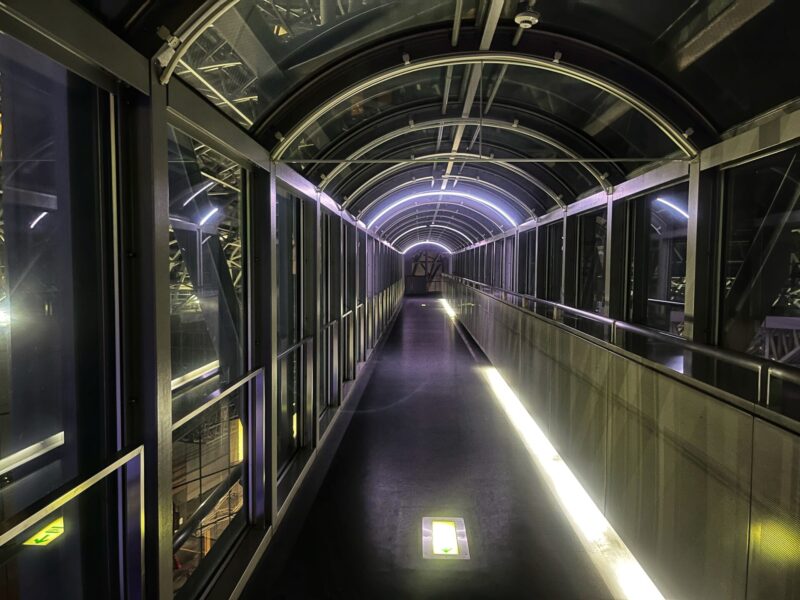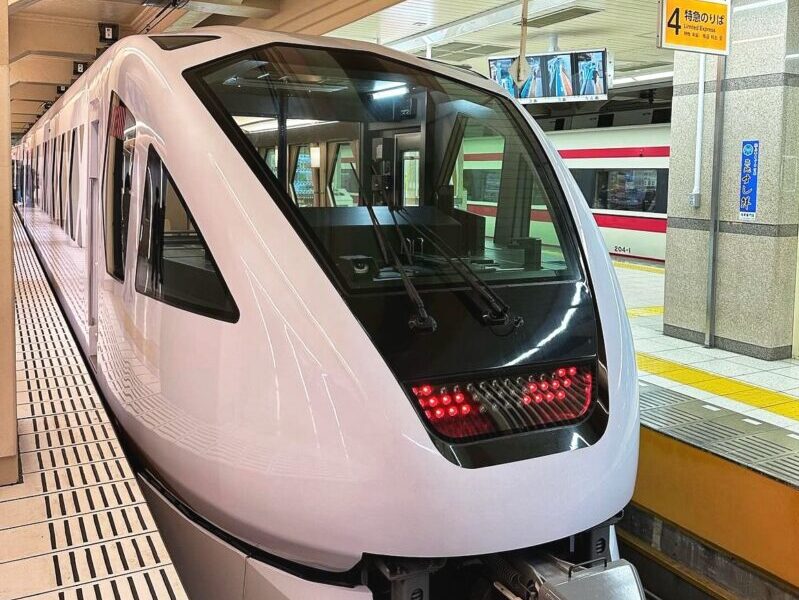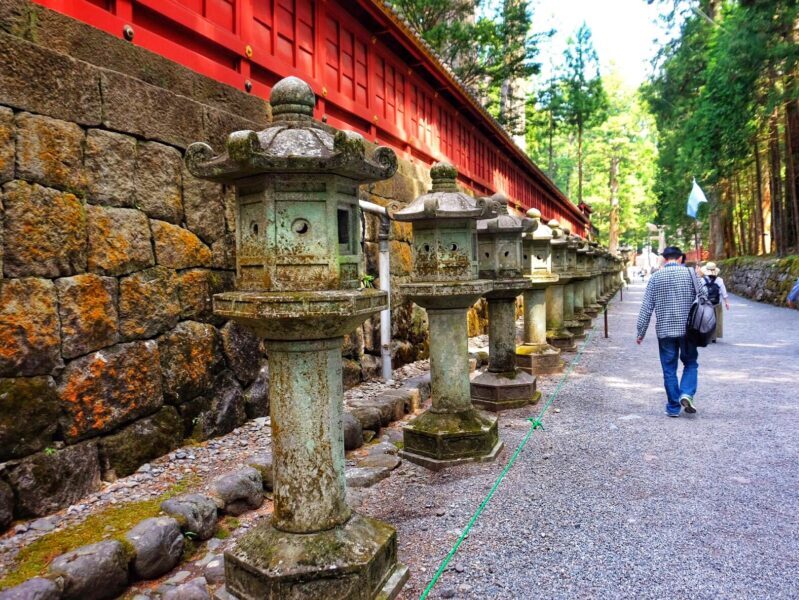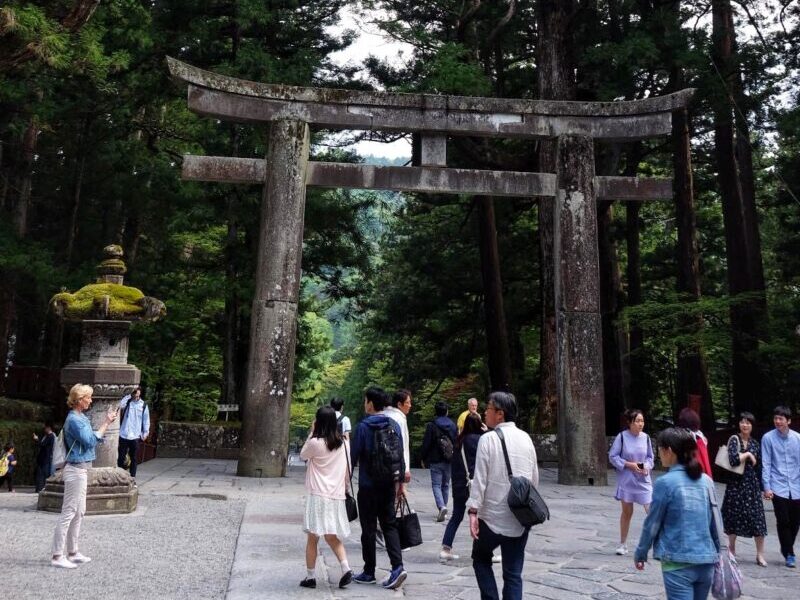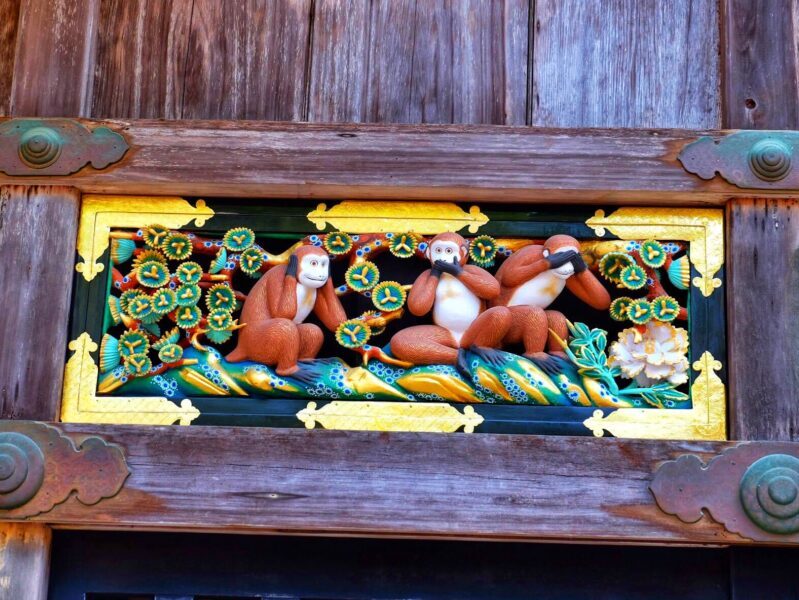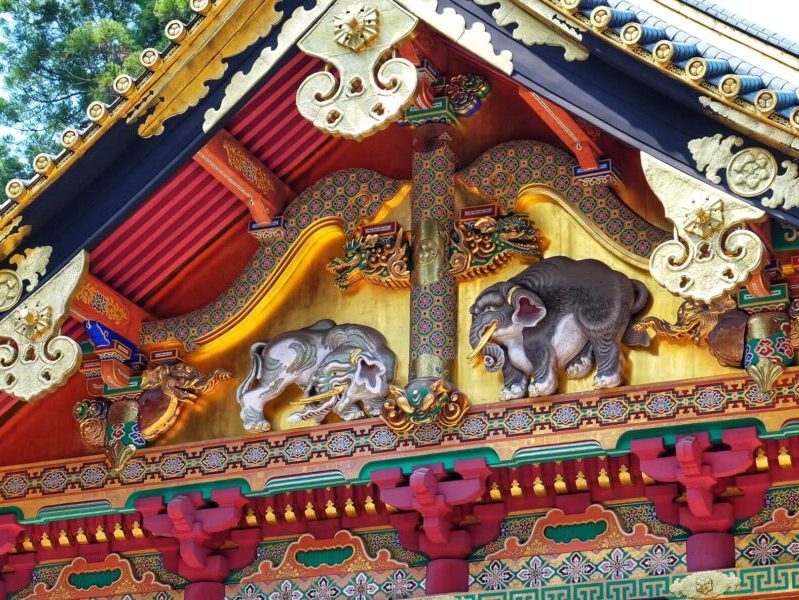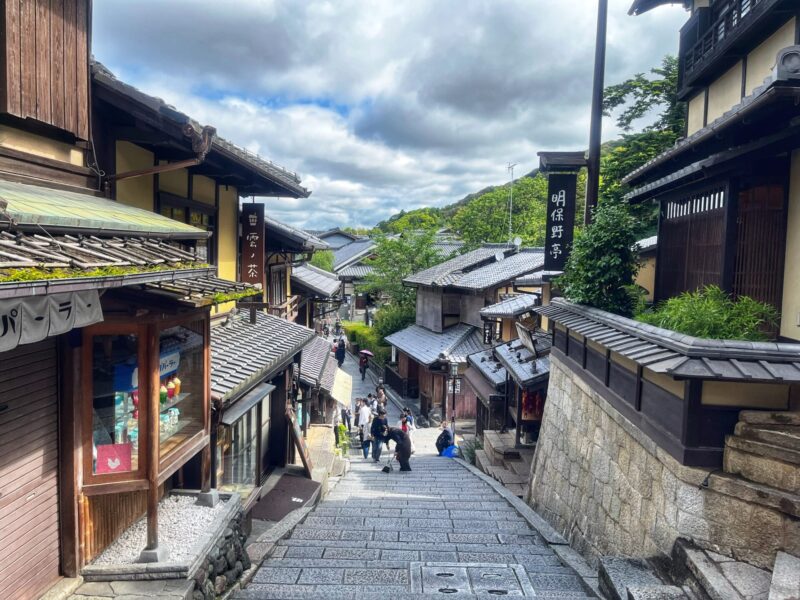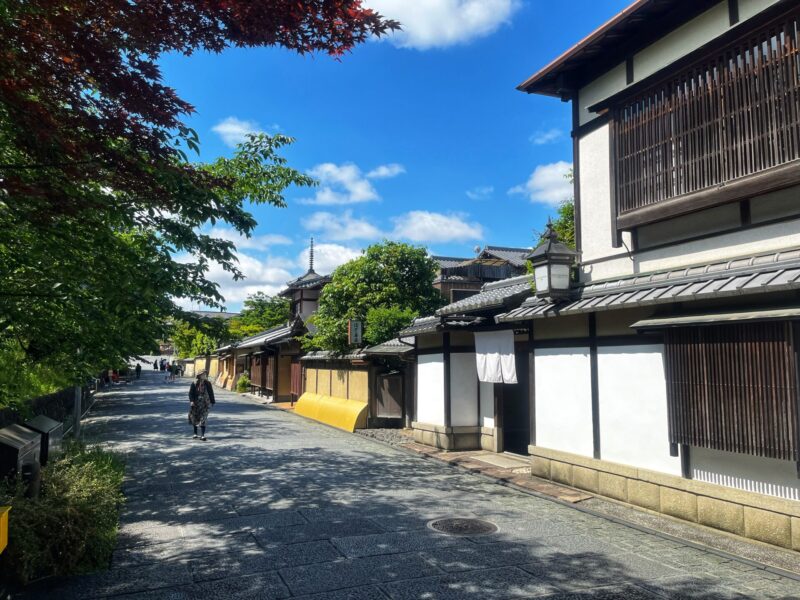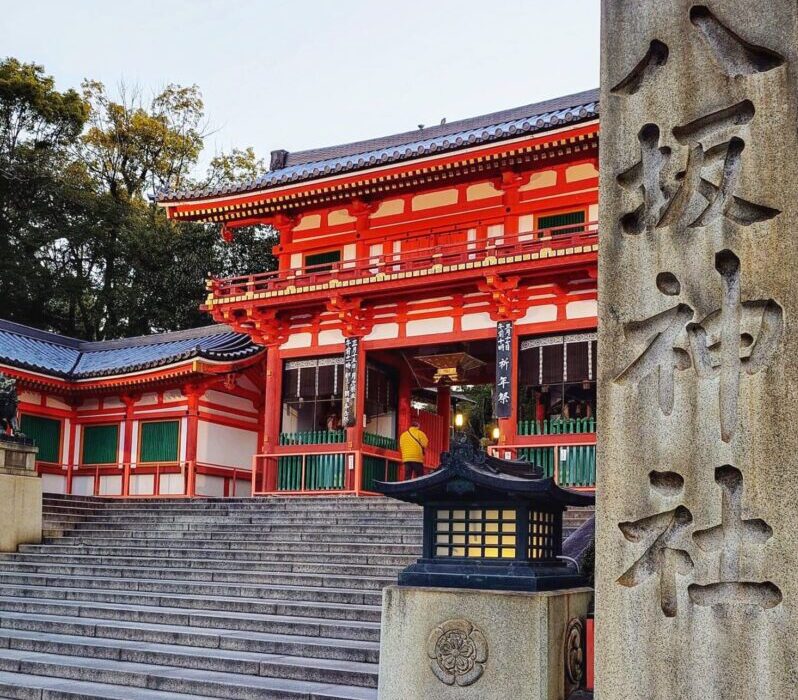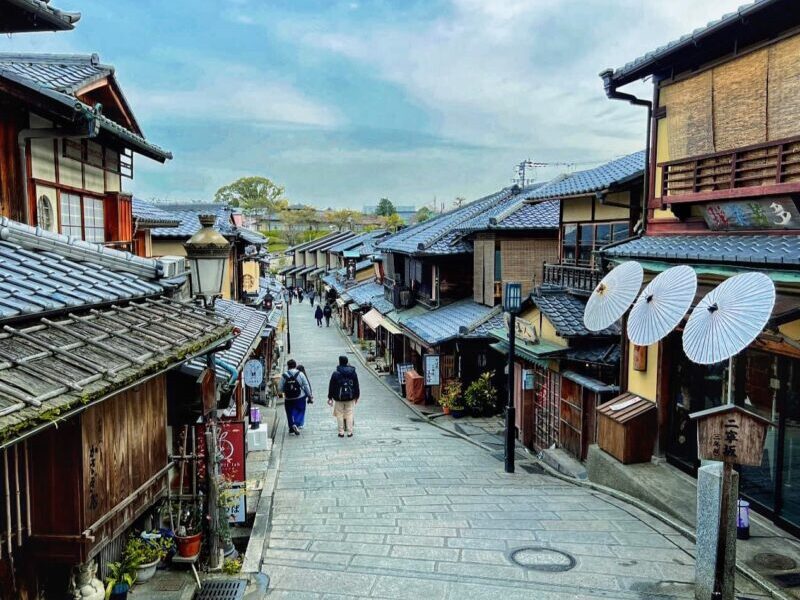Last updated on December 22nd, 2024
Follow our Ayutthaya Travel Guide blog to see the best of these ancient ruins in a day. We will share on how to plan your Ayutthaya itinerary from Bangkok with all the important information.
Ayutthaya is a beautiful historical site that many tourists visit on day tours or day trip from Bangkok. On one of my trips to Thailand, I did a day trip to Ayutthaya from Bangkok. The Ayutthaya Historical Park is more spread out than it seems. If you’re planning your own day trip to Ayutthaya, it is advised to know what to do and see when visiting the attraction. It’s entirely possible to spend a whole day exploring the ruins and still not come close to running out of temples to see. With so many possibilities, it’s best to go prepared, knowing exactly what to see and how to get around.
Here is the complete Ayutthaya Travel Guide for you!
We have outlined everything you need to know about doing an Ayutthaya day trip from Bangkok, including how to get there, the best things to see once there, where to stay, planning the Ayutthaya itinerary, and more.
Ayutthaya – UNESCO World Heritage Site

The ancient city of Ayutthaya, a UNESCO World Heritage Site, is located just an hour away from Bangkok. The incredible old city ruins make it a must-visit destination in Thailand. Its ruins will transport you back in time to a significant moment in the history of Myanmar-Thai kings in the 18th century.
Ayutthaya was declared a UNESCO World Heritage Site in 1991.
When visiting Ayutthaya, travelers can wander around hundreds of stupas, prangs, and other amazing structures.
How to get to Ayutthaya from Bangkok

Since Ayutthaya is a popular travel spot from Bangkok, there are several ways to get to Ayutthaya. You can travel by train, bus, private transfer, or group tour, depending on your budget. The most popular option for an easy and inexpensive trip to Ayutthaya is by joining a group tour and taking a minivan from Mo Chit bus station.
Local Train: The most economical option is to take the train from Hualamphong Station, and the journey takes approximately 2.5 hours. Alternatively, you can opt to take the train from Bang Sue Station, where the journey takes only approximately 1 hour. The train fare ranges from 15 to 60 baht for the third-class carriage, which does not have air conditioning.
Public Bus: Another affordable option is the bus, which is slightly faster than the train. Buses depart every half hour from Mo Chit Station and the journey takes about 90 minutes. The bus ticket price is approximately 60 THB per person.
Private Car or Van: This is the best option if you are traveling with a group of family or friends. Having a private car or minivan provides you with flexibility in terms of departure and return times, as well as where to go once you arrive in Ayutthaya.
Upon arrival in Ayutthaya, you can hire a tuk-tuk or rent a bicycle to explore the area. A tuk-tuk can be hired for a specific journey or for the day. The going rate is approximately 200-300 baht per hour per person. Please remember to bargain for the agreed rate to avoid an unhappy journey.
Tour To Ayutthaya
Group Tour: The most comfortable way to visit Ayutthaya is by joining a group tour, but it is also the most expensive option. Being driven around in an air-conditioned van, you can comfortably travel from Bangkok to Ayutthaya and visit various historical sites with a tour guide.
Popular Ayutthaya Tour Options:
- Klook Exclusive: Ayutthaya Day Tour from Bangkok (Options To Choose)
- KKDAY: Ayutthaya Temples One-Day Tour from Bangkok
The costs will vary depending on what is included and whether you choose a private or shared tour, with prices usually starting from 1,000 THB per person.
Ayutthaya Day Trip Itinerary from Bangkok

An Ayutthaya itinerary wouldn’t be complete without exploring the city’s beautiful temples. There are numerous stunning temples scattered throughout and around Ayutthaya. If you’re fascinated by Ayutthaya’s history and architecture, you could easily spend a week here exploring the city.
For a day trip to Ayutthaya, here’s what to do and see:
- Arrived Ayutthaya in the morning
- Wat Yai Chai Mongkhon
- Wat Mahathat
- Wat Phra Si Sanphet
- Phra Mingkhon Bophit
- Wat Lokkayasutha (Giant Reclining Buddha)
- Back to Bangkok
If you have more time for your Ayutthaya itinerary, we also recommend visiting Wat Phu Khao Thong, Wat Phuttal Sawan, and Wat Chaiwatthanaram for more temple visits.
Ayutthaya Travel Guide Tips: It’s possible to pre-book a tour to Ayutthaya before arriving in Bangkok – Click here for book your Day Trip to Ayutthaya.
Wat Yai Chai Mongkhon

Our first stop on the Ayutthaya itinerary was the incredible Wat Yai Chai Mongkhon. The temple is impressive with its towering stupa, golden statues, and rows of Buddha statues in the walkway surrounding the temple. The two huge statues are situated outside the main building of the temple. It was constructed after King Naresuan defeated a Burmese crown prince during a battle on elephants at the end of the 16th century.

Interestingly, Wat Yai Chai Mongkhon is still active, and monks reside there. Local people visit this Wat to pay respects to Buddha and King Naresuan.
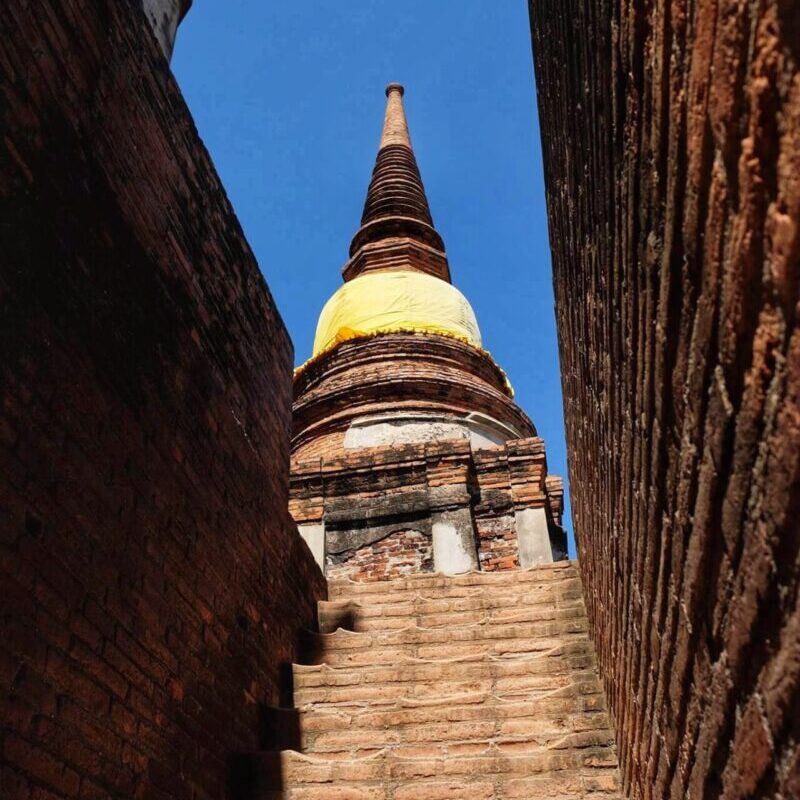
The main chedi has a platform that you can climb with 50 steep steps to reach the top.
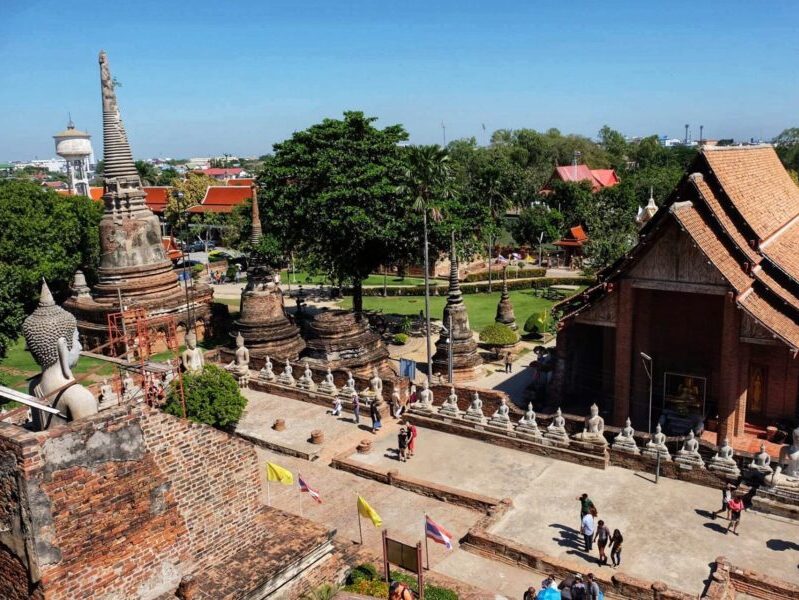
Many devotees would drop coins inside a hole to fulfill their wishes. Additionally, the view of the temple complex from the top is very beautiful.

Don’t miss visiting the reclining Buddha located in the northeast. It’s a large statue of the Reclining Buddha wrapped in yellow cloth, facing east towards the rising sun. Monks from the onsite monastery were milling around among the tourists.
Wat Mahathat

Wat Mahathat is a must-see on everyone’s Ayutthaya itinerary, thanks to its picturesque Buddha head entwined in the roots of a banyan tree. This temple is one of the most visited in Ayutthaya and one of the most famous in Thailand.
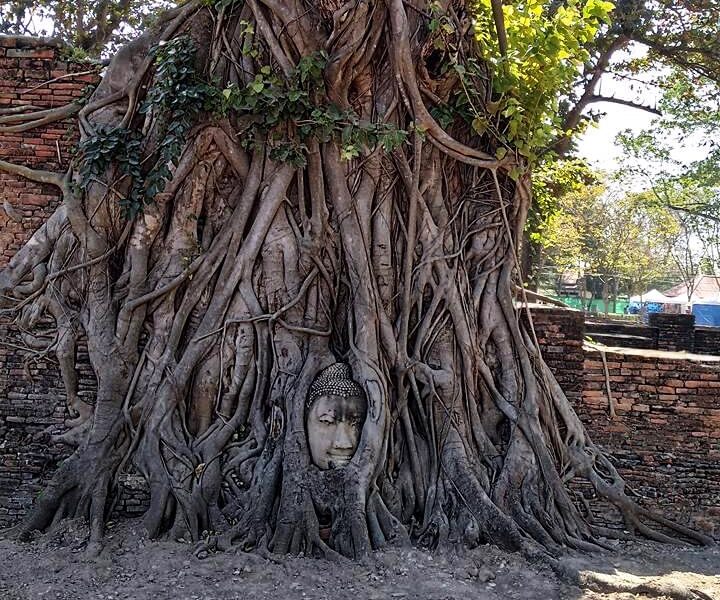
The main attraction at Wat Mahathat is a large Buddha head entwined in the roots of a banyan tree. The head has fallen into place and has been embraced and grown around by the tree over the years. When taking photos of the Buddha head, it is important to be respectful and get down low.

The temple grounds are vast with many beautiful corners featuring Buddha statues and prangs. Unfortunately, many of the Buddha statues have missing heads, and restoration is beyond possible for these relics.
Wat Phra Si Sanphet

Wat Phra Si Sanphet is a remarkable sight to see. It is the largest temple in Ayutthaya and is located within the former royal palace. The three distinctive stupas in the center of Wat Phra Si Sanphet make it one of the most iconic temples in Ayutthaya. It was once considered the most beautiful complex in the city and served as the inspiration for Wat Phra Kaew, also known as the Temple of the Emerald Buddha.
The temple grounds are quite spacious and feature multiple stupas. It can get very hot, and there is limited shade from midday onward, so be prepared. Additionally, you can also visit Phra Mingkhon Bophit, located next door, which famous for the huge sitting Buddha statue inside it.
Wat Lokkayasutha (Giant Reclining Buddha)
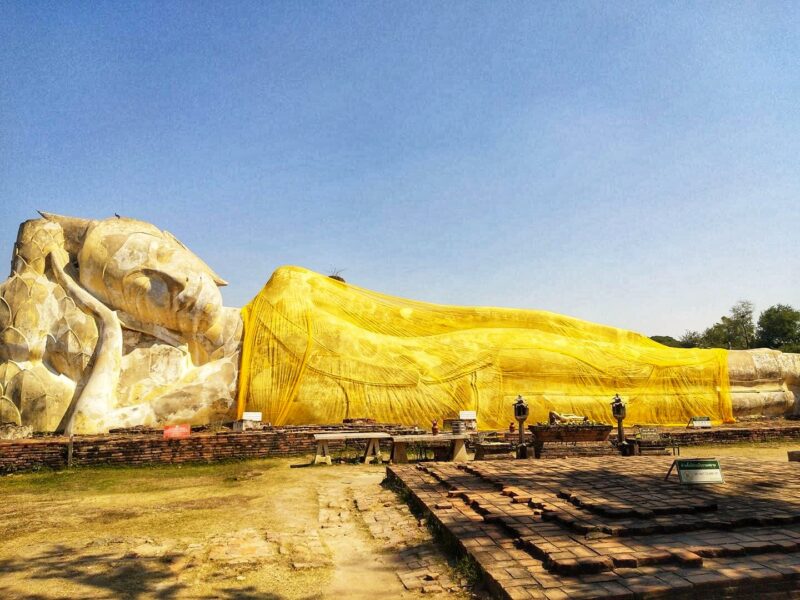
Compared to other temples and sites in ancient Ayutthaya, this place is less popular with tourists but we recommend including it in your Ayutthaya itinerary if you have enough time. It’s a little off the tourist trail but definitely worth the short detour.
Wat Lokayasutharam in Ayutthaya is home to a beautiful 42-meter long and 8-meter tall statue of a reclining Buddha. The giant reclining Buddha is an impressive sight! You can take pictures with it and explore the rest of the archaeological site.
Free Entry, Open All Hours.
Where to Stay When Visiting Ayutthaya from Bangkok
There is no shortage of accommodation in Bangkok. Backpacker hostels, hotels, resorts, and guest houses abound all over the city. Prices vary though, depending on the location, service, and facilities. Here are my recommendations for where to stay in when visiting Ayutthaya from Bangkok.
Luxury: We highly recommend the Royal Orchid Sheraton Hotel and Towers. It is a great luxury hotel situated along the Chao Praya River. The rooms are super comfortable with fantastic views overlooking the river for your Bangkok gateway.
High-Range: The Novotel Bangkok on Siam Square is close to many shopping malls with great facilities. Getting around in Bangkok is easy with BTS Siam Paragon is located next to the property. A great pick for shoppers in Bangkok.
For budget travelers, In a Box Hostel is a popular pick for a short stopover in the city. The location is superb and just a step away from the Phaya Thai BTS Station and Phaya Thai Airport railway link.
Already have a hotel booked? To search for the best accommodations at the best prices, I suggest checking out Booking.com or Agoda.com for the best price.
Ayutthaya Travel Guide Tips
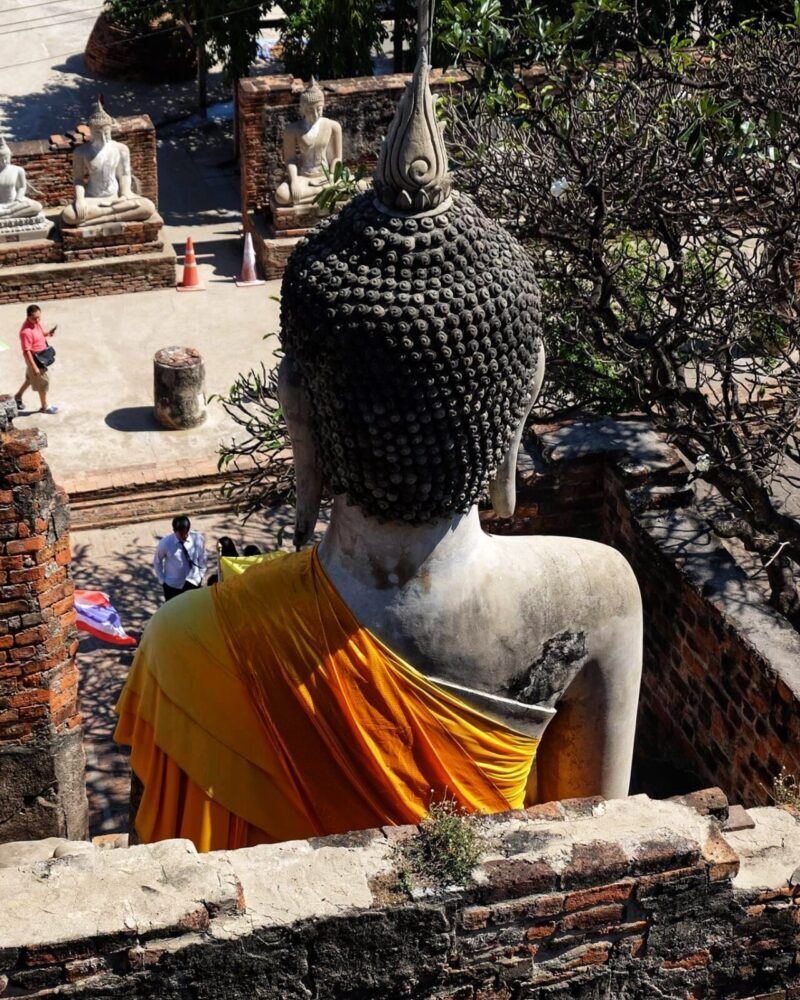
When planning your Ayutthaya itinerary, it’s important to understand the best ways to get there and how to visit the historical sites. The attractions in Ayutthaya are spread out, and the last thing you want is to have to walk long distances in hot and humid weather. If you are arriving in Ayutthaya as part of a group tour, then you won’t need to worry about this.
Additionally, it’s important to dress respectfully when visiting these sites. This means covering your shoulders and knees, regardless of your gender. A scarf or sarong to cover your shoulders is good option. Opt for loose, long clothing, which will be more comfortable in the heat and humidity.
Active temples are typically free to enter, but major temples may require an entrance fee of 50 baht by foreign travelers. You can also purchase a temple pass if you plan to visit several temples during your trip.
Overall: A Trip to Ayutthaya

There you have it, the Ayutthaya itinerary! We truly hope this Ayutthaya travel guide blog is helpful to plan for your upcoming trip. From the modern capital city to the ancient capital town, Ayutthaya is very much worth the visit. Still, it depends on your personal interests. Hopefully, we’ve proven that Ayutthaya is worth a visit while you’re in Ayutthaya.
Lastly, if you are visiting Bangkok, we have more useful information as well as some bonus travel tips in below Bangkok travel blog for your holiday.
Traveling to Bangkok for food? Here is the best food listed to help you decide where and what to eat in Bangkok.
- Bangkok Food Guide: Where and What To Eat in Bangkok
- Food Trip to Chinatown Bangkok: A Yaowarat Food Guide
- Rung Rueang: Bangkok Michelin Bib Gourmand Pork Noodles
- Bangkok Best Food: Go-Ang Pratunam Chicken Rice
Planning a beach holiday to Phuket? Get to know more before planning your trip to Phuket.











